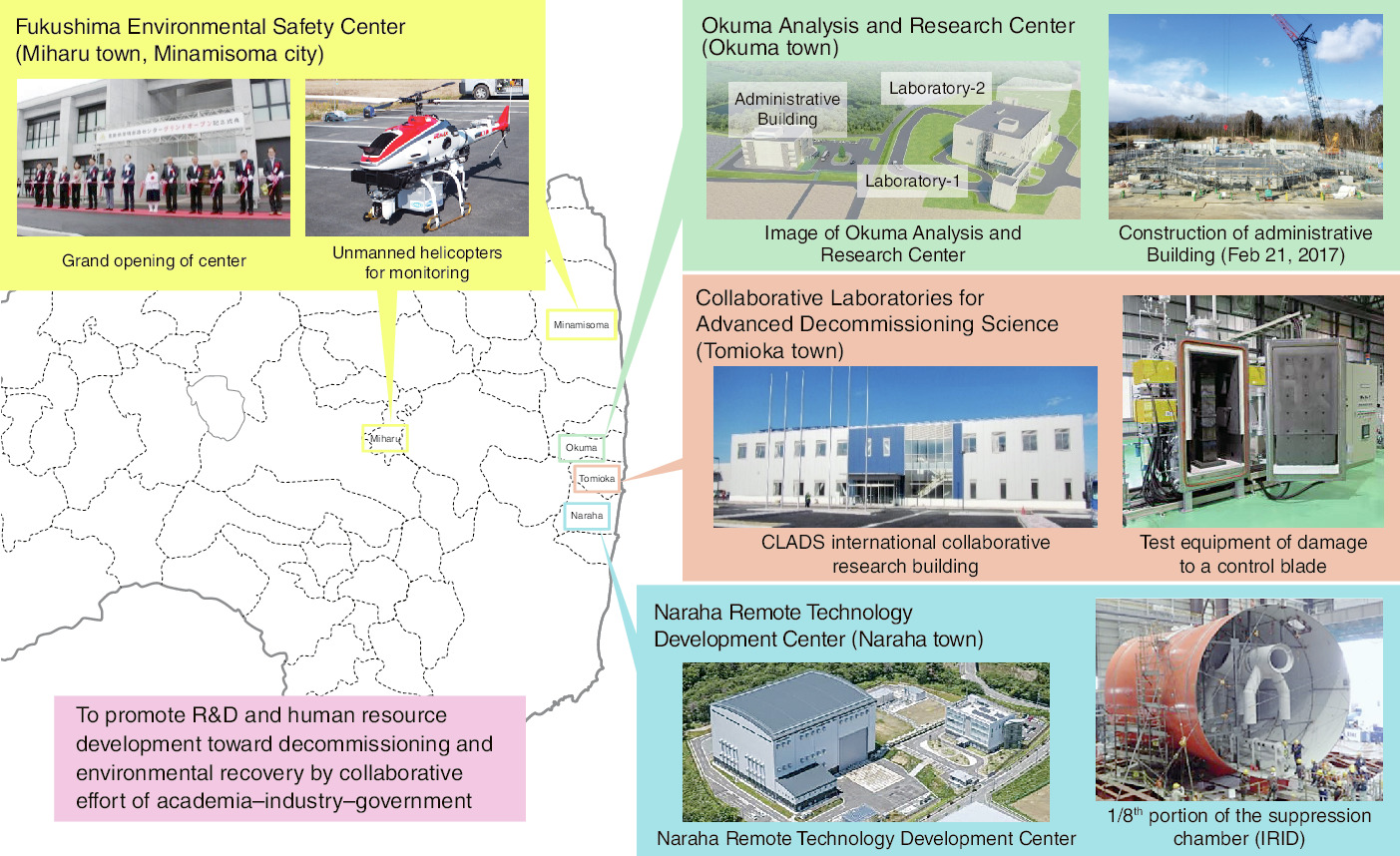
Fig.1-1 Location of activity bases of the Sector of Fukushima Research and Development
We are Japan’s sole comprehensive research and development institute in the field of nuclear energy and are conducting R&D to promote the decommissioning of the TEPCO’s Fukushima Daiichi NPS (1F), as well as environmental recovery after the 1F accident. Other sectors and bases also conduct ambitious research in this field (Fig.1-1). Our full results are described below.
For decommissioning of 1F, research is being promoted to clarify the 1F-accident progression (Topics 1-1, 1-2, and 1-3), remove spent debris from nuclear reactors (Topics 1-4 and 1-5), treat and dispose of radioactive wastes generated by the decommissioning work (Topics 1-6, 1-7, 1-8, 1-9, and 1-10), and develop technologies for remote-controlled instruments (Topic 1-11) based on the Mid-and Long-Term Roadmap formulated by the Inter-Ministerial Council for Contaminated Water and Decommissioning Issues. In addition, we have monitored the leakage of the contaminated water at 1F using a fiber detector developed for environmental-radiation monitoring (Topic 1-12).
As an international research and development base, the Collaborative Laboratories for Advanced Decommissioning Science (CLADS) International Collaborative Research Building was opened in March 2017 in Tomioka town (Fig.1-1, center right). A network will be established by which competent people from universities, research institutes, and companies in and outside of Japan can interact to promote R&D and human-resource development towards decommissioning by a collaborative effort of academia, industry, and government. At the Naraha Remote Technology Development Center, the International Research Institute for Nuclear Decommissioning (IRID) conducts actual-scale tests for repairing sections of the containment vessel from which cooling water is leaking (Fig.1-1, bottom right). The Okuma Analysis and Research Center studies the radioactive materials generated from 1F, such as radioactive-waste and debris samples obtained after the removal of fuel debris from nuclear reactors. Construction of the Administrative building started in FY2016 (Fig.1-1, top right).
The Fukushima Environmental Safety Center has researched and developed technologies related to environmental recovery for the safety and security of residents based on the Fukushima Prefectural Centre for Environmental Creation Policy for Medium- and Long-term Initiatives, as formulated by the Fukushima Prefectural Center for Environmental Creation’s Management Strategy Conference.
In the field of environmental recovery, evaluating the exposure doses to residents (Topic 1-13) and research on the migration behavior of radiocesium in the environment in watershed areas from forests to the ocean (Topics 1-14, 1-15, 1-16, and 1-17) are also being promoted. In basic research on environmental radioactivity, efforts are underway to determine the adsorption/desorption mechanism of radiocesium to clay minerals (Topics 1-18 and 1-19) and develop technologies to suppress migration of radiocesium to mushrooms using clay minerals (Topic 1-20).
The Fukushima Prefectural Center for Environmental Creation became fully operational at Miharu town in July 2016 (Fig.1-1, top left). We are performing R&D in cooperation with Fukushima Prefecture and the National Institute for Environmental Studies (NIES) through this Center.
<Previous: About This Publication and the Outline of the Organization of JAEA | Next: 1-1>